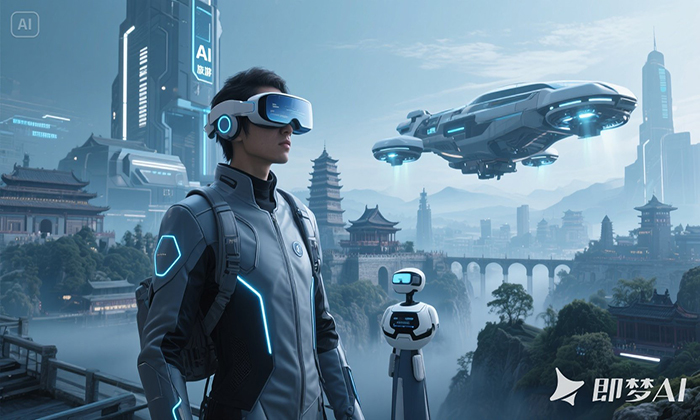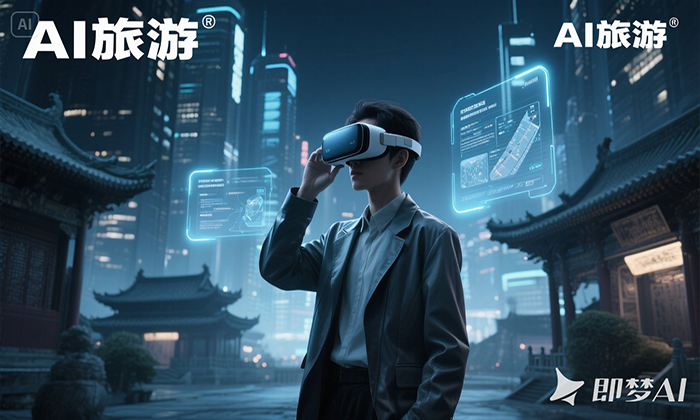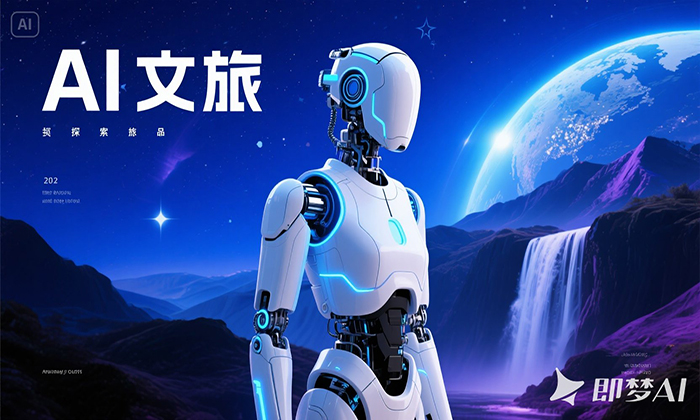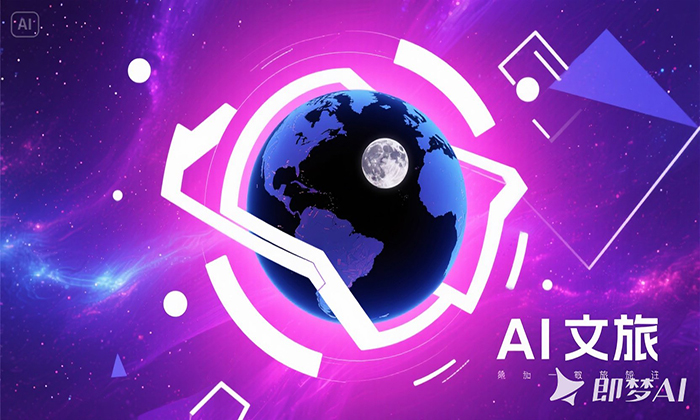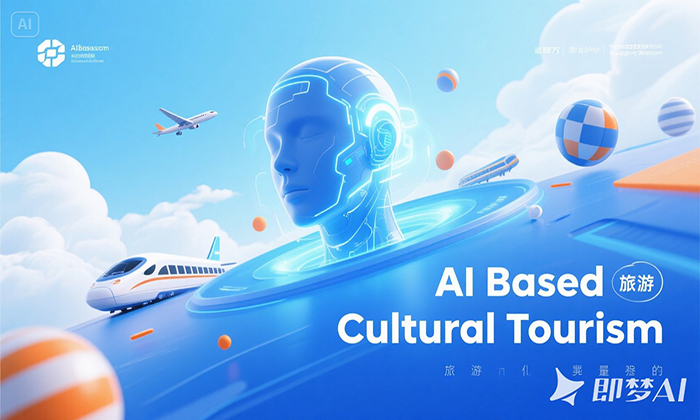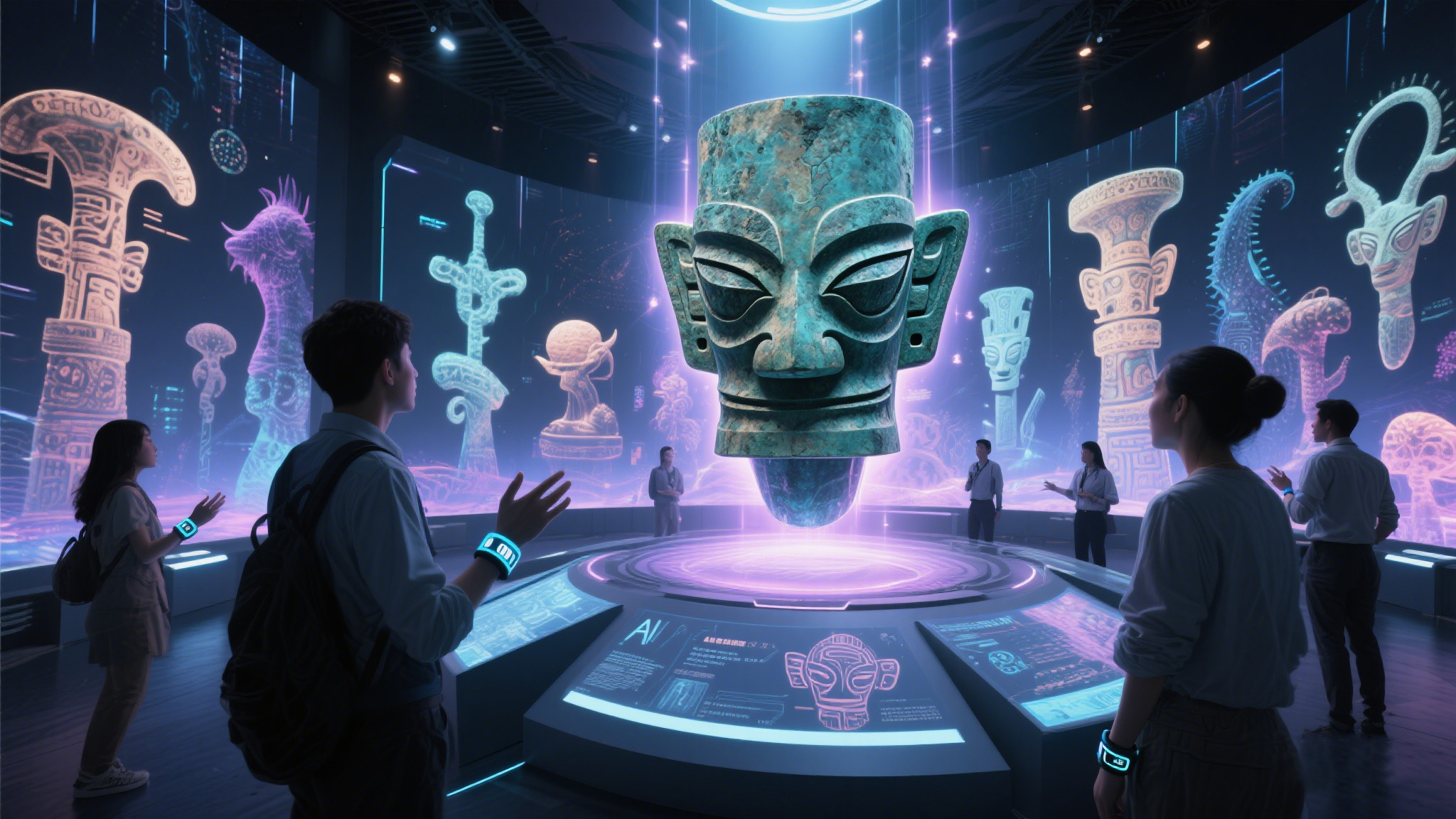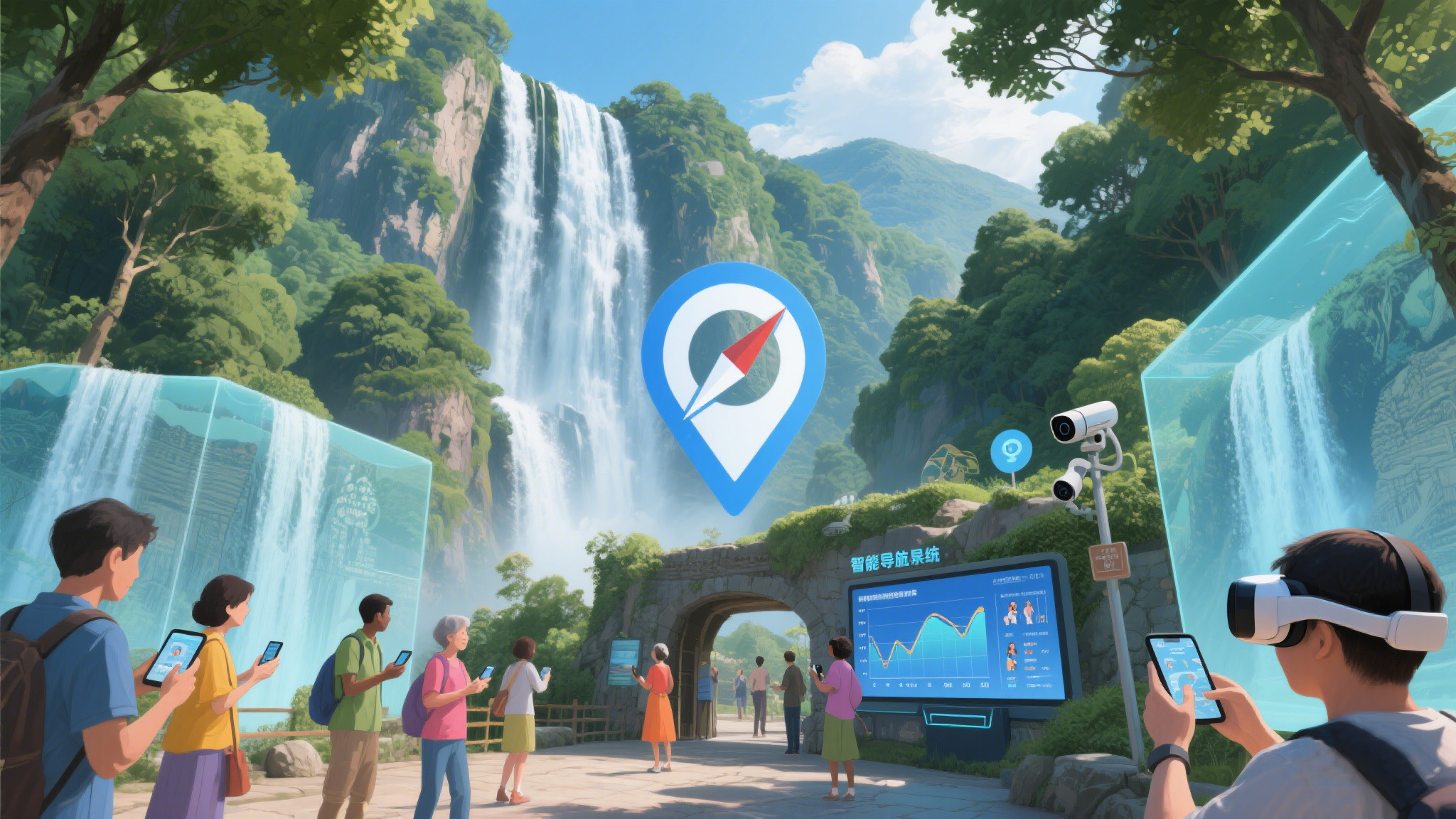AI in Tourism: Transforming the Landscape
Linlin 2025-06-11
In recent years, the integration of Artificial Intelligence (AI) into the tourism and cultural sectors has been nothing short of revolutionary. This technological infusion is not only changing the way we plan and experience trips but is also reshaping the entire industry's market dynamics, customer expectations, and future prospects.
In recent years, the integration of Artificial Intelligence (AI) into the tourism and cultural sectors has been nothing short of revolutionary. This technological infusion is not only changing the way we plan and experience trips but is also reshaping the entire industry's market dynamics, customer expectations, and future prospects.
The Booming AI - Tourism Market
The market for AI - in - tourism has been expanding at an astonishing pace. Travel agencies, online travel platforms, and even individual tour guides are increasingly adopting AI - powered tools. For instance, platforms like Trip.com and Ctrip have incorporated AI - driven chatbots to handle customer inquiries, provide instant travel advice, and even make bookings. These chatbots can process thousands of requests simultaneously, significantly reducing waiting times for customers.
Moreover, AI - based travel planning apps are on the rise. Apps such as Waymark use machine learning algorithms to analyze a user's travel history, preferences, and budget to create personalized travel itineraries. This market growth is further fueled by the increasing availability of data. With the proliferation of smart devices and the Internet of Things (IoT), travel - related data is being generated at an unprecedented rate. Airlines, hotels, and attractions are collecting data on customer behavior, and AI is used to analyze this data, leading to more targeted marketing strategies and improved service offerings.
Meeting Diverse Customer Needs
Customers today have diverse and high - end expectations when it comes to travel. AI is uniquely positioned to meet these demands. In terms of personalized experiences, AI can create custom - made travel plans. For example, if a customer is interested in art and history, an AI - powered system can recommend destinations like Florence, Italy, and plan a detailed itinerary that includes visits to renowned art galleries, historical landmarks, and even local art workshops.
In - destination, AI - enhanced guides are becoming popular. In museums, for example, AI - enabled audio guides can provide in - depth information about exhibits based on the user's interests. They can answer specific questions, offer alternative perspectives, and even provide real - time translations for international visitors. This not only enriches the visitor experience but also caters to a global customer base.
The Promising Future Outlook
Looking ahead, the future of AI in tourism is extremely promising. One area of significant growth will be in immersive experiences. With the combination of AI and Virtual Reality (VR)/Augmented Reality (AR), tourists will be able to have immersive pre - travel experiences. For example, they can take a virtual tour of a hotel room or a tourist attraction before booking. This will reduce the risk of disappointment and increase customer satisfaction.
Another aspect is in sustainable tourism. AI can help in optimizing travel routes to reduce carbon emissions, manage tourist flow in environmentally sensitive areas, and promote sustainable accommodation options. By analyzing data on tourist movements and environmental factors, AI can contribute to making tourism more sustainable.
In conclusion, AI in tourism is not just a passing trend but a fundamental shift in the industry. It is driving market growth, meeting diverse customer needs, and has a bright future filled with innovative possibilities. As technology continues to advance, we can expect AI to play an even more central role in shaping the future of tourism and cultural experiences.
The Booming AI - Tourism Market
The market for AI - in - tourism has been expanding at an astonishing pace. Travel agencies, online travel platforms, and even individual tour guides are increasingly adopting AI - powered tools. For instance, platforms like Trip.com and Ctrip have incorporated AI - driven chatbots to handle customer inquiries, provide instant travel advice, and even make bookings. These chatbots can process thousands of requests simultaneously, significantly reducing waiting times for customers.
Moreover, AI - based travel planning apps are on the rise. Apps such as Waymark use machine learning algorithms to analyze a user's travel history, preferences, and budget to create personalized travel itineraries. This market growth is further fueled by the increasing availability of data. With the proliferation of smart devices and the Internet of Things (IoT), travel - related data is being generated at an unprecedented rate. Airlines, hotels, and attractions are collecting data on customer behavior, and AI is used to analyze this data, leading to more targeted marketing strategies and improved service offerings.
Meeting Diverse Customer Needs
Customers today have diverse and high - end expectations when it comes to travel. AI is uniquely positioned to meet these demands. In terms of personalized experiences, AI can create custom - made travel plans. For example, if a customer is interested in art and history, an AI - powered system can recommend destinations like Florence, Italy, and plan a detailed itinerary that includes visits to renowned art galleries, historical landmarks, and even local art workshops.
In - destination, AI - enhanced guides are becoming popular. In museums, for example, AI - enabled audio guides can provide in - depth information about exhibits based on the user's interests. They can answer specific questions, offer alternative perspectives, and even provide real - time translations for international visitors. This not only enriches the visitor experience but also caters to a global customer base.
The Promising Future Outlook
Looking ahead, the future of AI in tourism is extremely promising. One area of significant growth will be in immersive experiences. With the combination of AI and Virtual Reality (VR)/Augmented Reality (AR), tourists will be able to have immersive pre - travel experiences. For example, they can take a virtual tour of a hotel room or a tourist attraction before booking. This will reduce the risk of disappointment and increase customer satisfaction.
Another aspect is in sustainable tourism. AI can help in optimizing travel routes to reduce carbon emissions, manage tourist flow in environmentally sensitive areas, and promote sustainable accommodation options. By analyzing data on tourist movements and environmental factors, AI can contribute to making tourism more sustainable.
In conclusion, AI in tourism is not just a passing trend but a fundamental shift in the industry. It is driving market growth, meeting diverse customer needs, and has a bright future filled with innovative possibilities. As technology continues to advance, we can expect AI to play an even more central role in shaping the future of tourism and cultural experiences.







